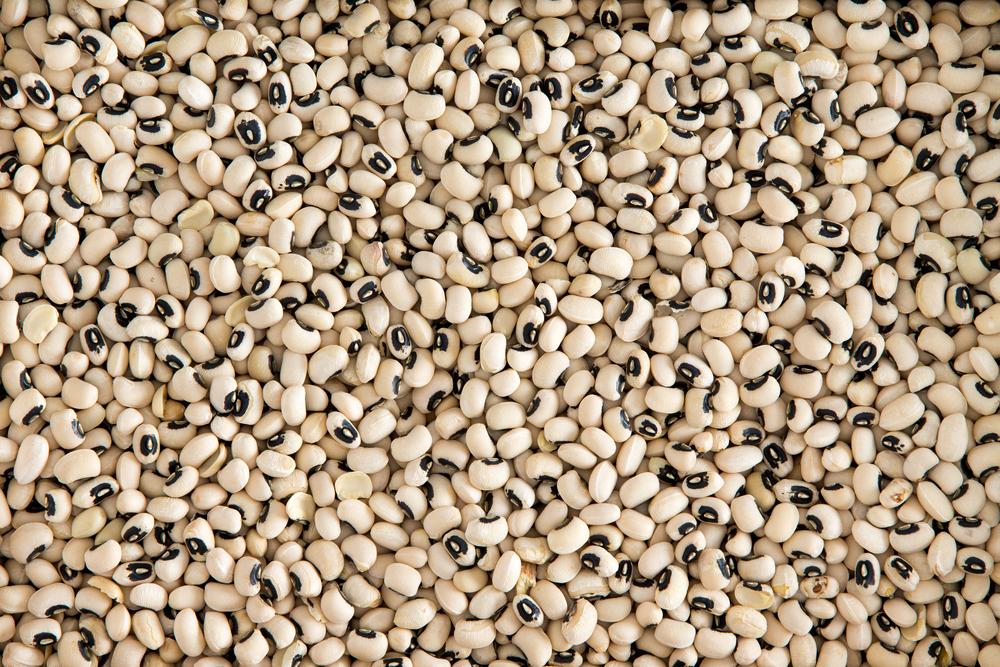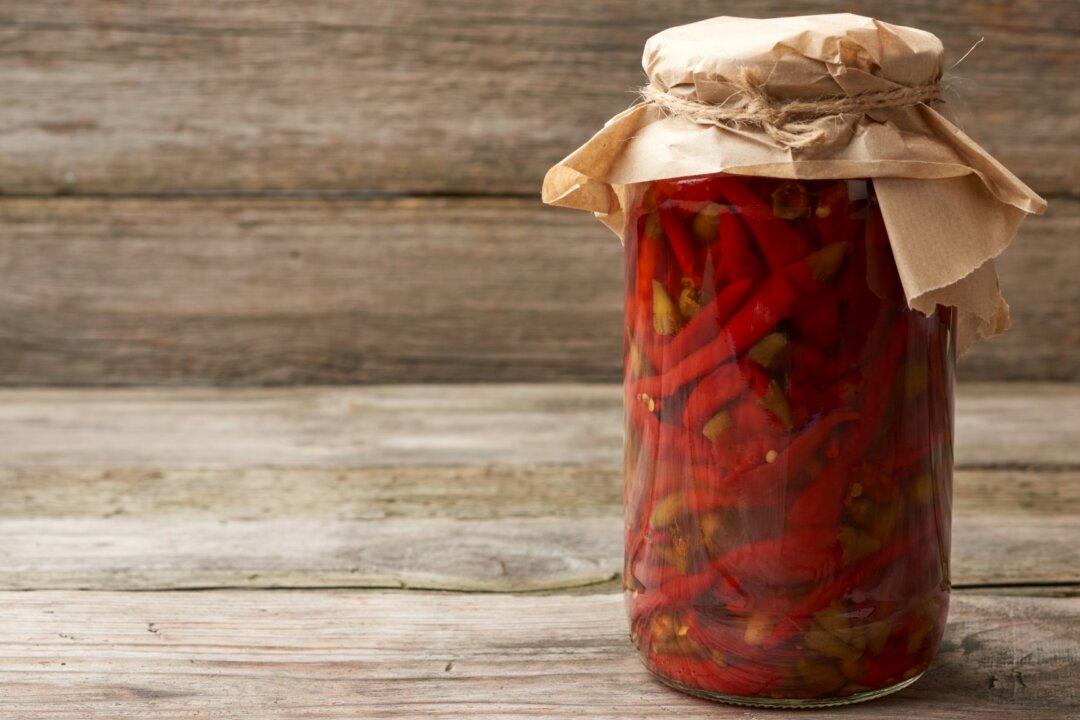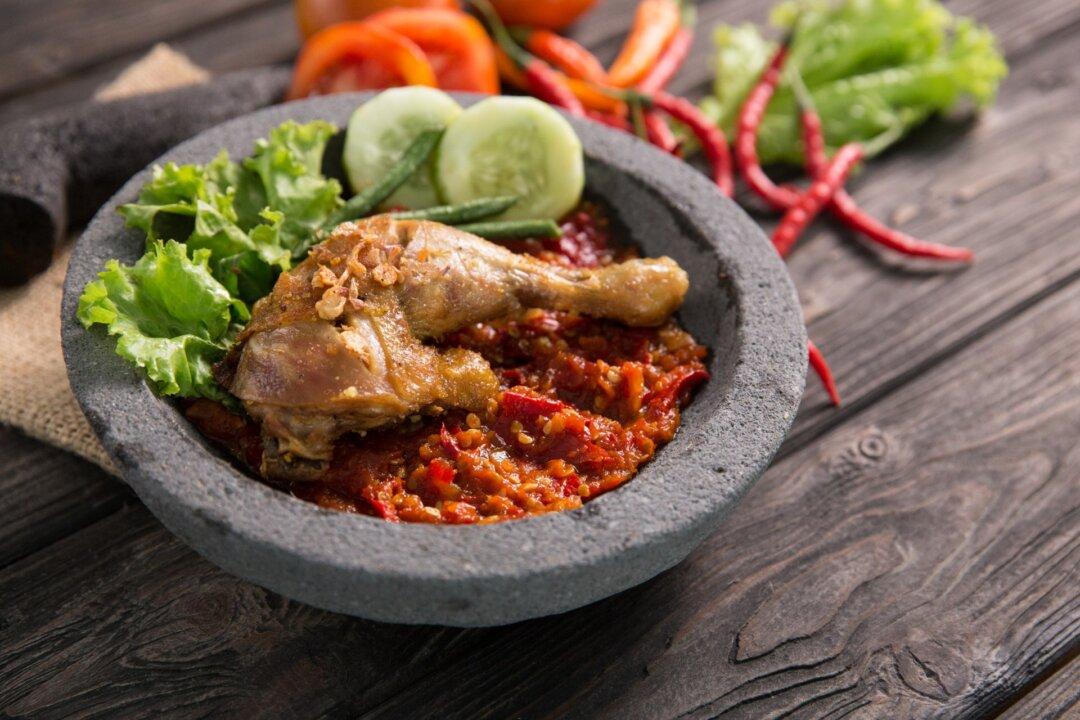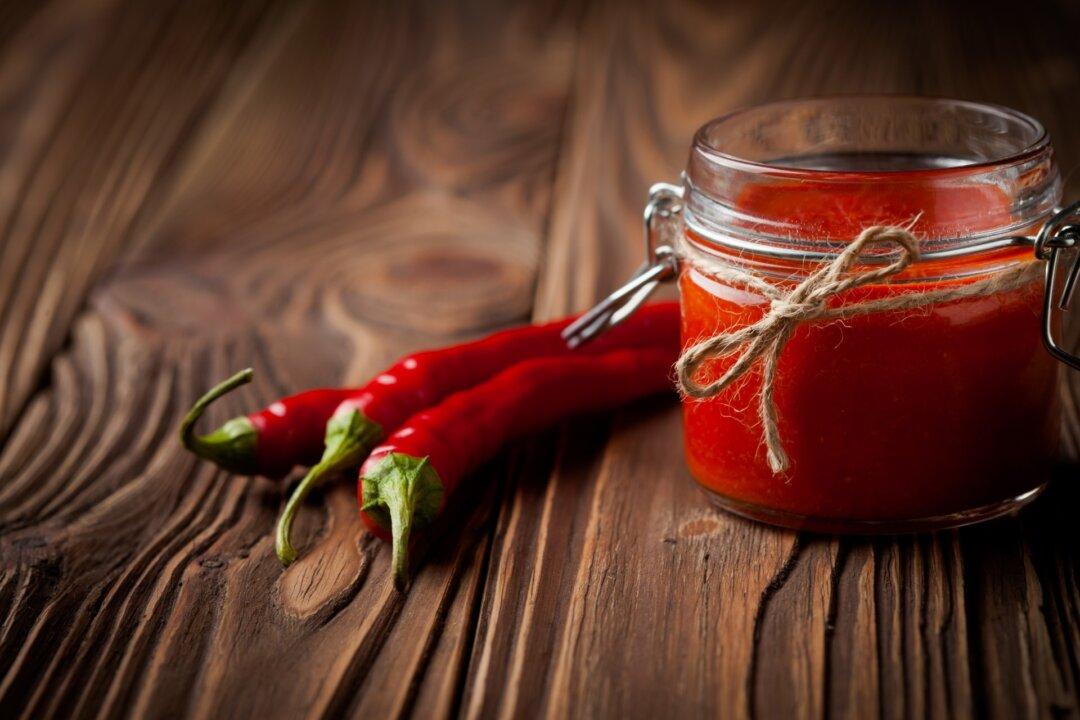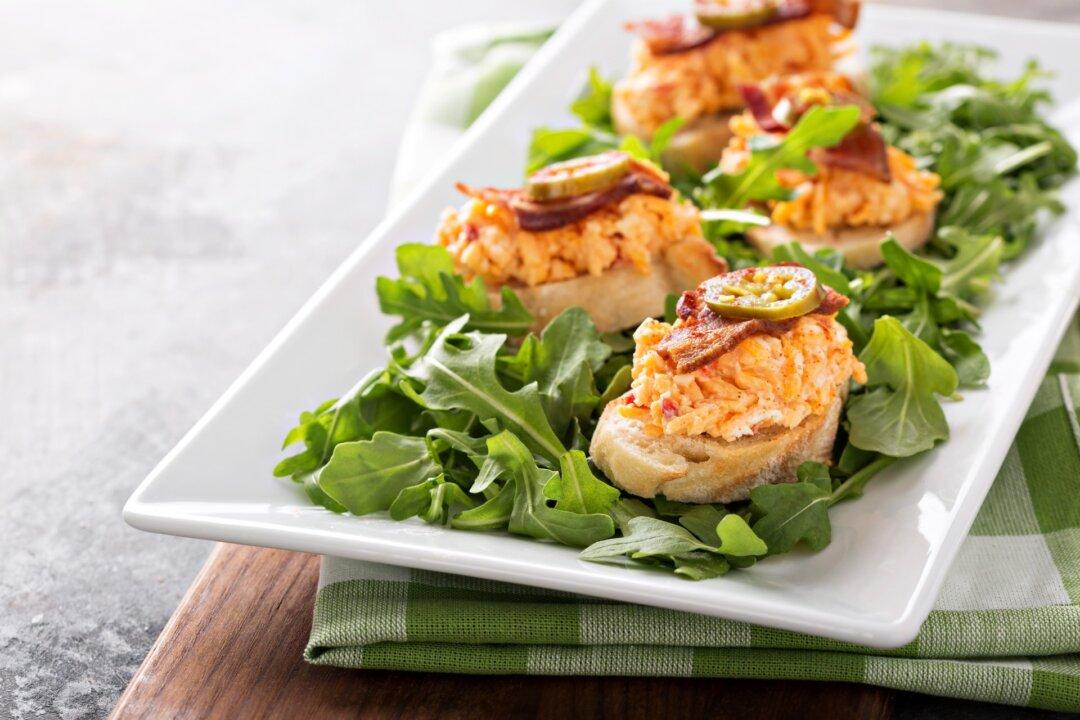My mother tolerated no nonsense when it came to New Year’s food traditions.
On New Year’s Day, we could indulge in all the garlic-stuffed pork roast, smoked turkey, rice and gravy, rolls, sweet potatoes, fruit salad, cakes, cookies, and pies we wanted. But we absolutely had to eat two things: We had to eat a few black-eyed peas and we had to eat some cabbage.

